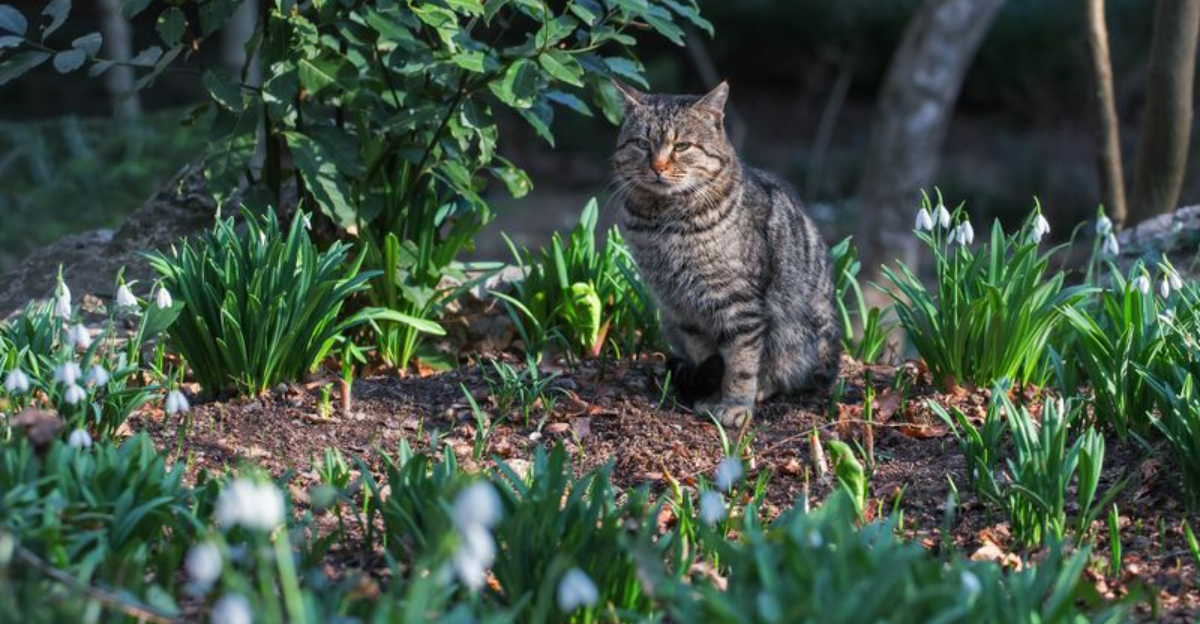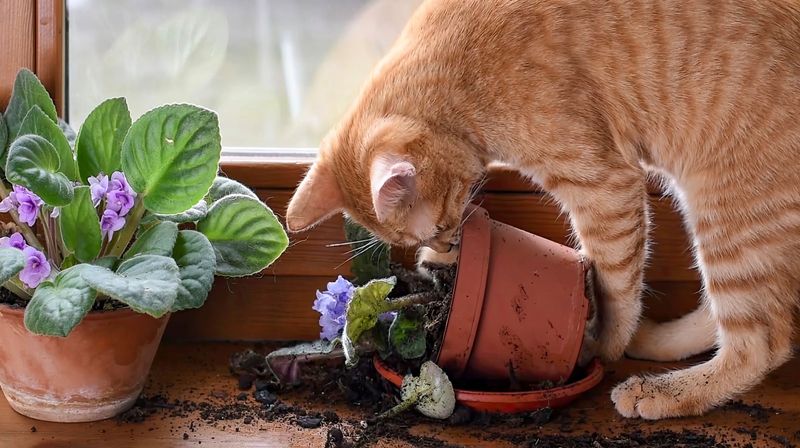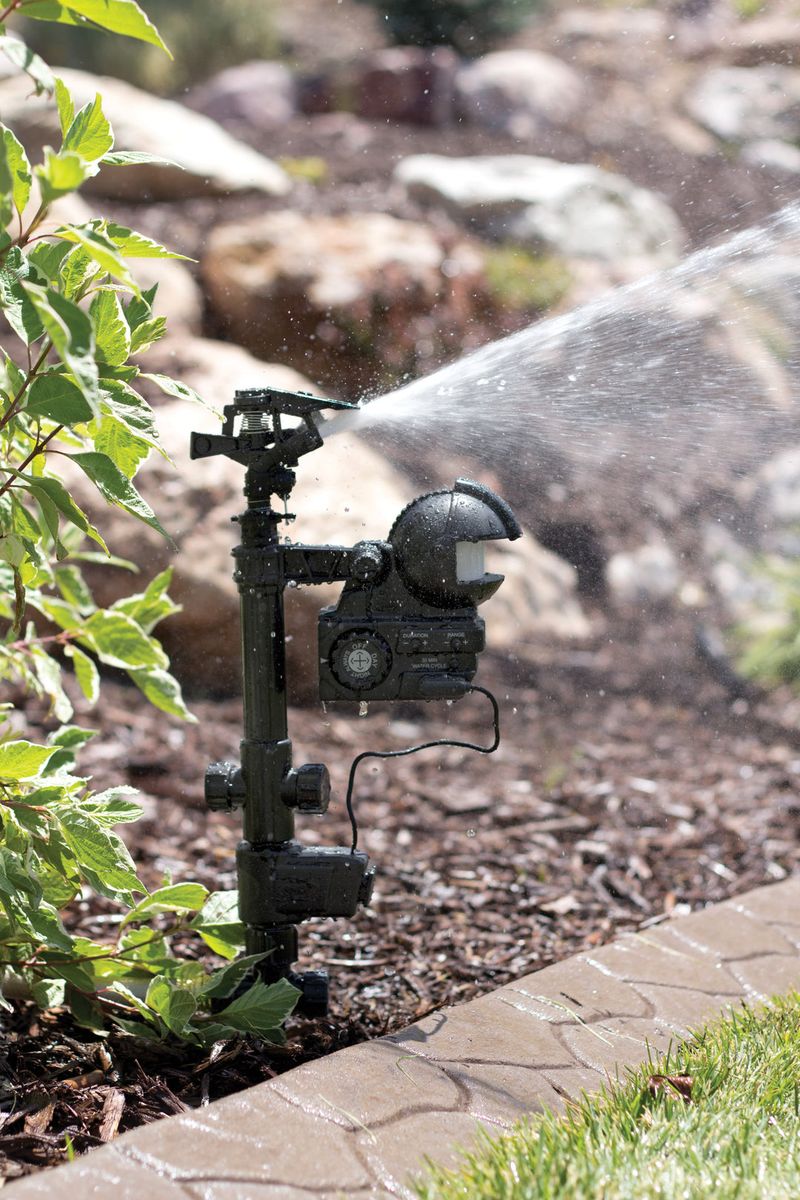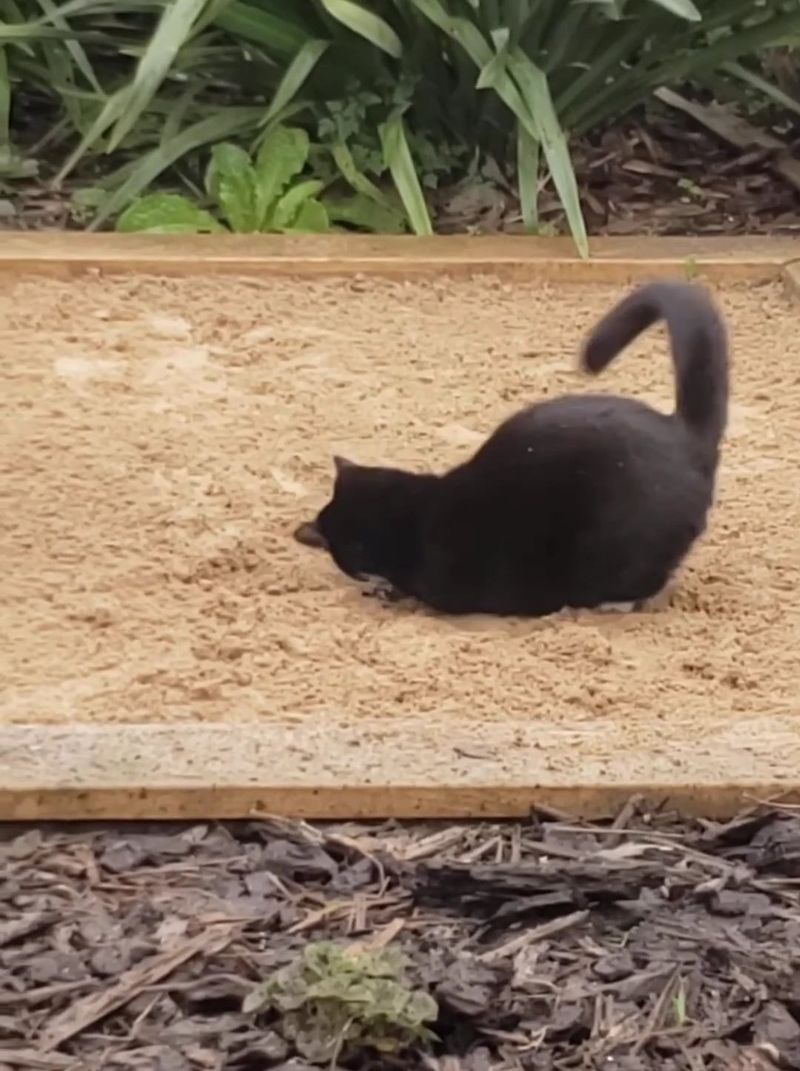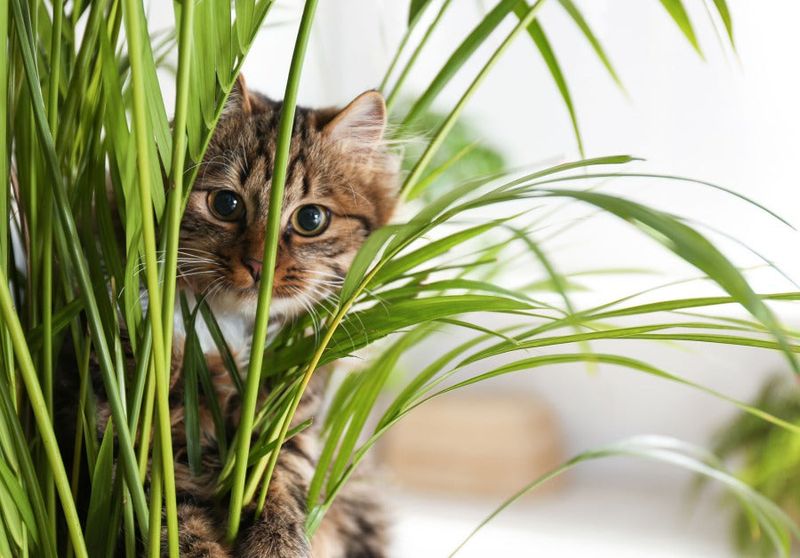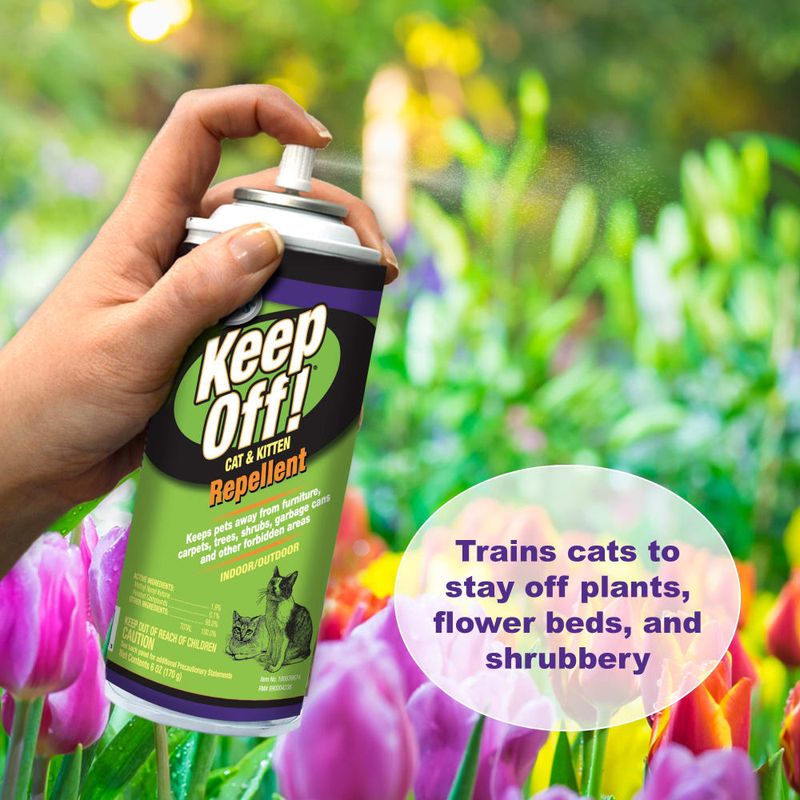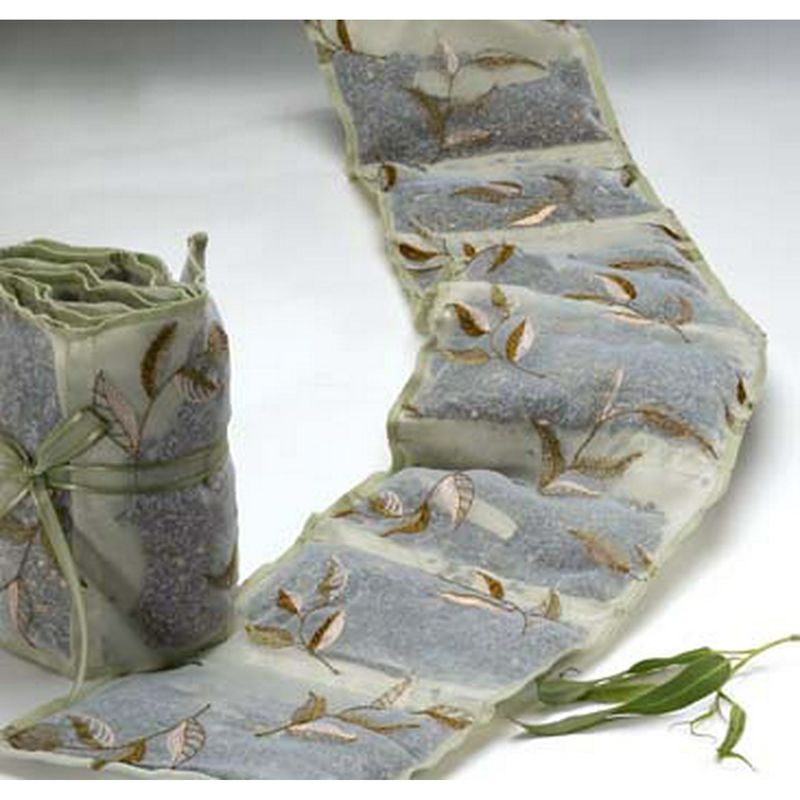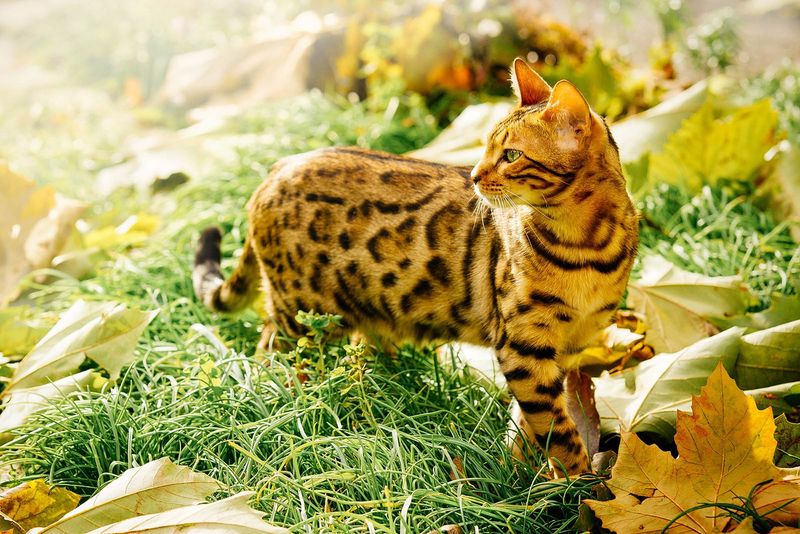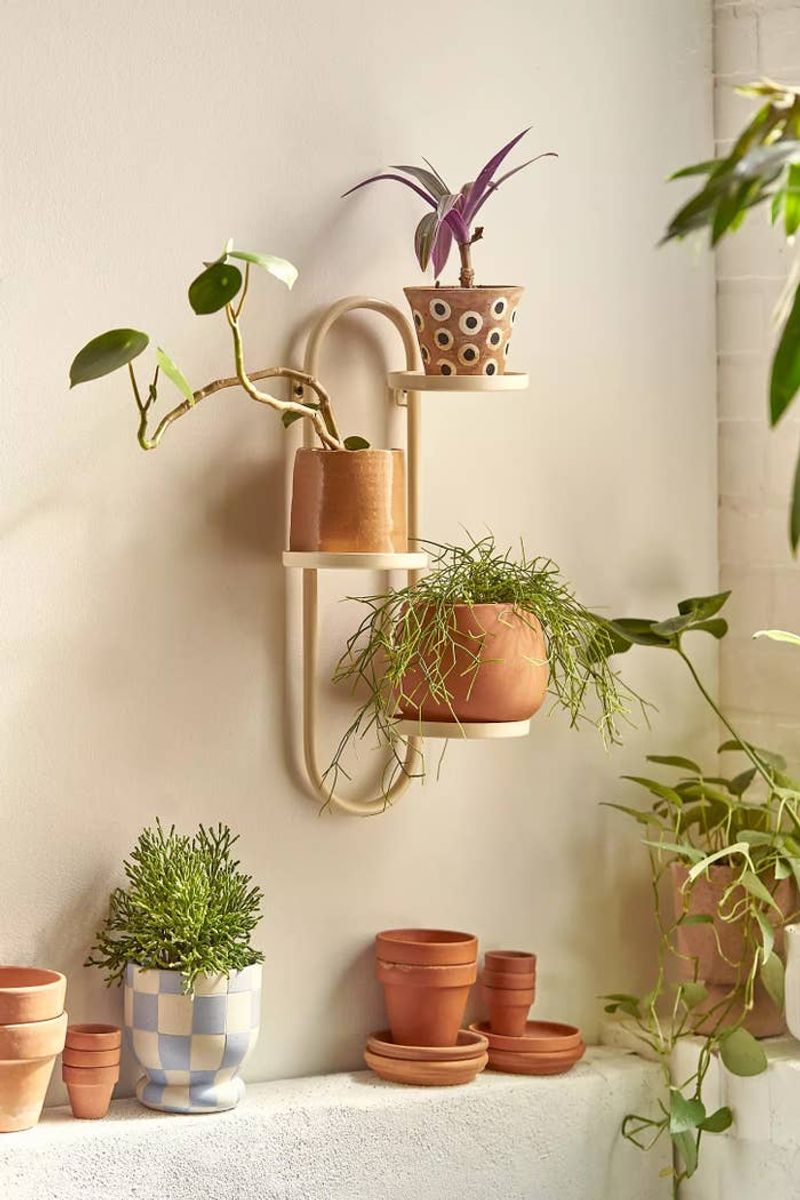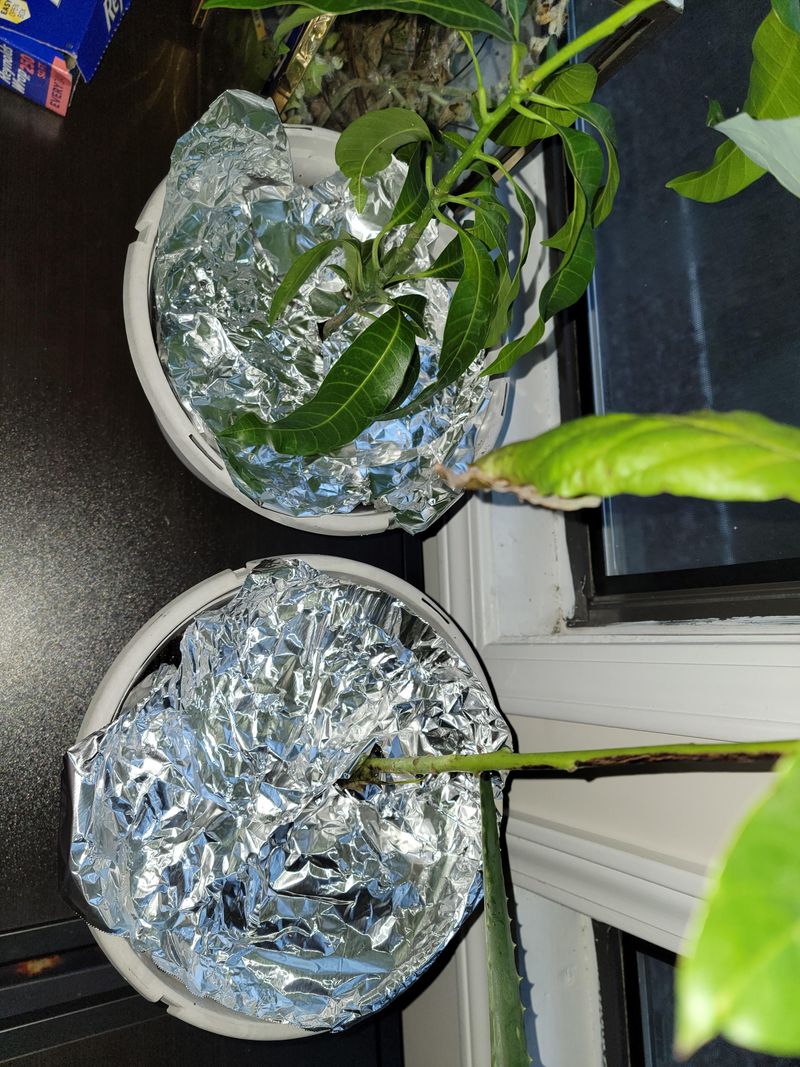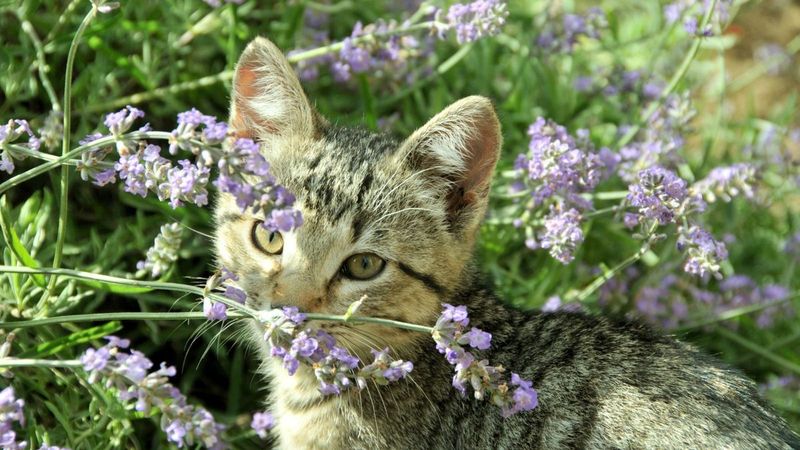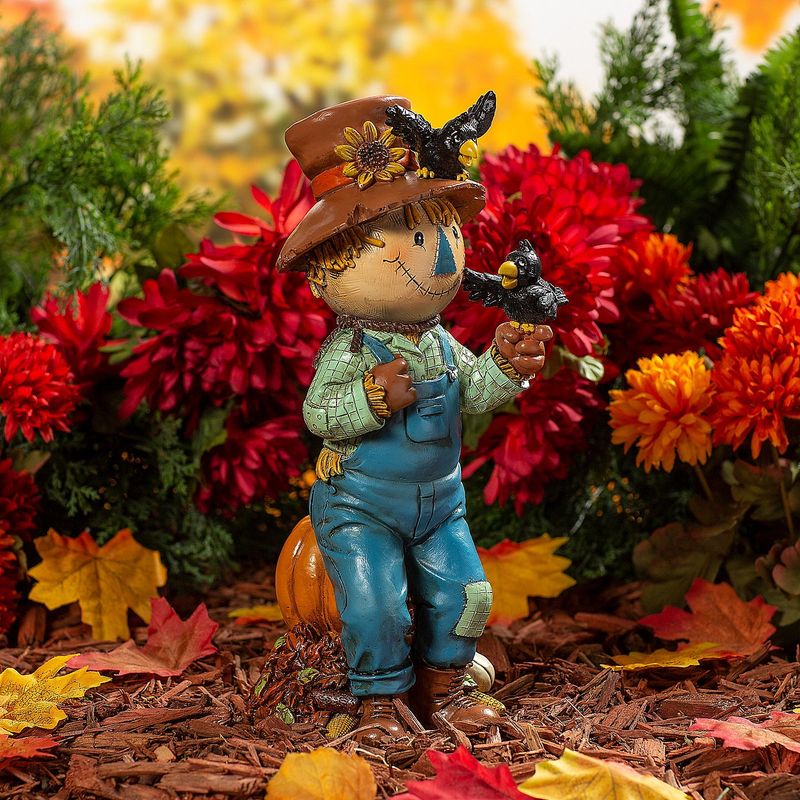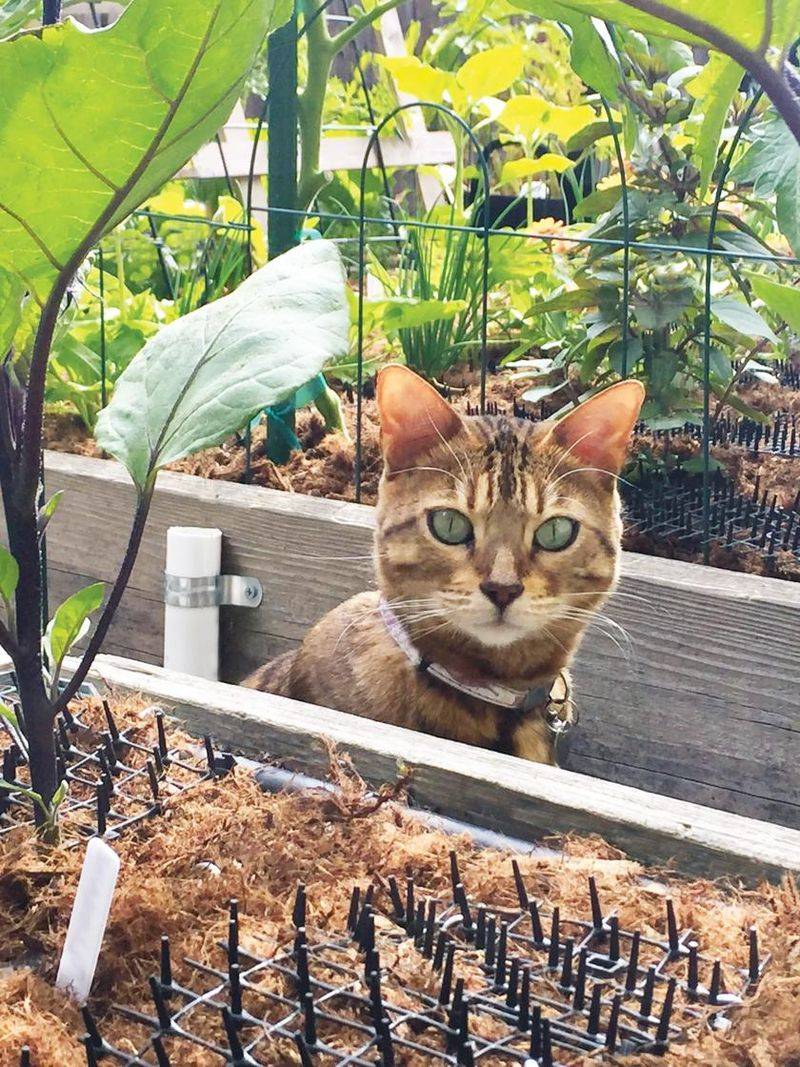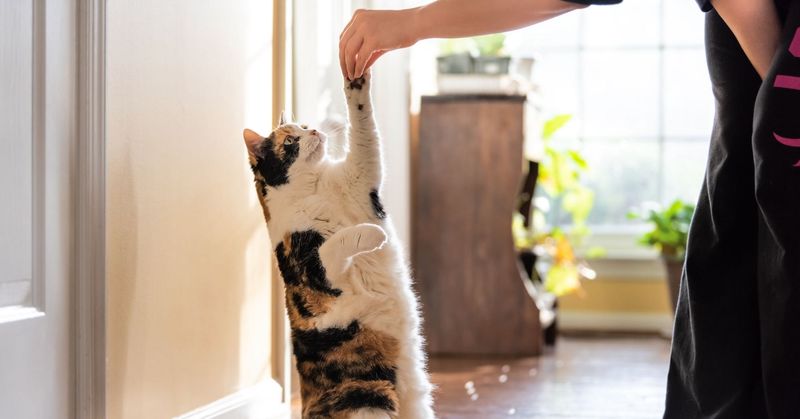📖 Table of Content:
- 1. Use Citrus Peels
- 2. Install Motion-Activated Sprinklers
- 3. Create a Dedicated Digging Area
- 4. Use Double-Sided Tape
- 5. Apply Cat-Repellent Spray
- 6. Introduce Plant-Friendly Scents
- 7. Add Decorative Pebbles or Stones
- 8. Elevate Your Plants
- 9. Utilize Aluminum Foil
- 10. Use Natural Deterrent Plants
- 11. Set Up a Scarecrow or Garden Statue
- 12. Install a Plant Barrier Fence
- 13. Play Soothing Sounds
- 14. Implement Cat Training Techniques
Cats are notorious for their curious and sometimes mischievous nature, often leading them to use household plants as litter boxes. This behavior can be frustrating for plant lovers who cherish their green companions. Fortunately, there are effective strategies to deter our feline friends from turning plants into potty spots. Each method is tailored to be humane and cat-friendly, ensuring your plants thrive while your furry companions remain happy. Explore these 14 innovative ways, each with its own unique twist, to protect your plants and maintain peace in your home.
1. Use Citrus Peels
Cats have a natural aversion to citrus scents. Using citrus peels is a simple and effective way to keep them away from your plants. Scatter fresh peels of oranges or lemons around the base of your plants. The strong aroma will discourage cats from approaching. This eco-friendly method doesn’t harm the plant or the cat. Plus, as the peels decompose, they enrich the soil. Refresh the peels regularly to maintain their potency. With this fragrant barrier, your plants remain untouched by curious paws.
2. Install Motion-Activated Sprinklers
Motion-activated sprinklers offer a technological solution to the problem. When a cat approaches, the sprinkler activates, releasing a gentle spray of water. This surprises the cat, deterring it from visiting again. The sprinklers are adjustable, allowing for precise targeting. They are safe for both pets and plants, providing an effective boundary without harm. Over time, cats learn to avoid the area altogether. Investing in this gadget not only protects your plants but also adds a layer of fun to your garden setup.
3. Create a Dedicated Digging Area
Cats love to dig, so providing a designated area can satisfy their instincts. Create a small sandbox with soft, inviting soil or sand. Add some catnip to make it even more appealing. Place this sandbox away from your plants to divert your cat’s attention. This approach not only preserves your plants but also enriches your cat’s playtime. By offering a suitable alternative, you encourage good behavior. Monitor and maintain the sandbox to ensure it remains an attractive option for your furry friend.
4. Use Double-Sided Tape
Double-sided tape is a clever and simple deterrent for curious cats. Cats dislike the sticky sensation on their paws. By placing tape strips around the plant’s base, you create an uncomfortable barrier. This harmless tactic discourages them from exploring further. The tape is easy to apply and remove, leaving no residue. It’s an inexpensive solution that keeps your plants safe and your cats respectful. Keep an eye on the tape’s effectiveness, as it may need replacement if it loses its stickiness.
5. Apply Cat-Repellent Spray
Commercial cat-repellent sprays are designed specifically to deter felines from unwanted areas. These sprays contain natural ingredients that are unpleasant to cats but safe for plants. Apply the spray around the base of your plants and any nearby surfaces. The scent forms a barrier, keeping your plants secure from inquisitive paws. Regular application ensures lasting effectiveness. This method is a humane way to maintain plant harmony in your home, ensuring peace without conflict.
6. Introduce Plant-Friendly Scents
Certain scents are repulsive to cats yet pleasant to humans. Use sachets filled with lavender or eucalyptus near your plants. These scents keep cats at bay while adding a refreshing aroma to your home. Ensure the sachets are out of reach but close enough to be effective. This method is a natural, aesthetic addition to your plant care routine. The calming properties of these scents benefit not only your plants but also your overall household ambiance. Change sachets regularly for continuous protection.
7. Add Decorative Pebbles or Stones
Decorative pebbles or stones serve as both a visual enhancement and a deterrent. Cover the soil with a layer of smooth stones, making it less appealing for cats to dig. This approach maintains the plant’s aesthetic while protecting it from unwanted attention. The stones provide a barrier that cats find uncomfortable to walk on. This simple method is easy to implement and requires minimal maintenance. It’s a stylish solution that harmonizes with your interior design while safeguarding your greenery.
8. Elevate Your Plants
Elevating plants can effectively keep them out of a cat’s reach. Use plant stands or hang planters from the ceiling. This creates a physical barrier, making it difficult for cats to access the plants. Elevation also adds dimension and visual appeal to your plant display. Ensure that plants are still accessible for watering and sunlight. By altering the plant’s location, you safeguard them from curious claws while enhancing your home’s aesthetic. This practical approach combines protection with style.
9. Utilize Aluminum Foil
Aluminum foil’s texture and sound are deterrents to cats. Cover the soil with sheets of foil to prevent digging. The noise and feel under their paws discourage cats from exploring further. This method is temporary but effective, especially for training purposes. It’s an inexpensive way to protect plants while teaching your cat boundaries. Ensure that the foil is secure to avoid being displaced by playful paws. This simple tactic creates an unfriendly environment for mischievous behavior.
10. Use Natural Deterrent Plants
Certain plants are naturally repulsive to cats. Consider incorporating plants like rosemary or lavender into your garden. These plants act as a natural barrier, emitting scents cats dislike. They’re also beautiful additions that enhance your garden’s diversity. By strategically placing them around your other plants, you create a protective shield. This eco-friendly method integrates seamlessly into your garden, providing dual benefits of beauty and protection. These deterrent plants add value and charm to your green spaces.
11. Set Up a Scarecrow or Garden Statue
Garden statues or scarecrows can add a whimsical touch while serving a functional purpose. Place them near your plants to deter cats. The presence of a figure can startle and discourage curious felines. Choose designs that complement your garden’s aesthetic, enhancing its charm. This method provides a visual deterrent without harm. Regularly reposition the statue to maintain its effectiveness. These garden guardians not only protect but also add personality to your outdoor space, making it both delightful and secure.
12. Install a Plant Barrier Fence
Installing a barrier fence around your plants creates a simple yet effective boundary. Use decorative fencing that complements your garden’s design. This physical barrier prevents cats from accessing the plants while adding structure to your garden. Choose materials that are durable and weather-resistant. This approach combines functionality with aesthetics, ensuring your plants are safe and your garden remains visually appealing. Monitor the fence for any breaches and adjust as needed to maintain its integrity.
13. Play Soothing Sounds
Playing soothing sounds can create a calming atmosphere that deters cats from mischief. Use a small speaker to play nature sounds or calming music near your plants. The continuous presence of sound distracts and discourages curious felines. This approach also enhances the ambiance of your home, providing a serene backdrop. Adjust the volume to ensure it’s pleasant for both humans and pets. By creating a peaceful environment, you protect your plants while promoting relaxation for everyone in the house.
14. Implement Cat Training Techniques
Training your cat offers a long-term solution to plant protection. Use positive reinforcement techniques to guide your cat’s behavior. Reward them with treats when they avoid the plants, reinforcing good habits. Patience and consistency are key in this approach. Over time, your cat learns to respect plant boundaries. This method not only protects your plants but strengthens the bond between you and your pet. Training provides a holistic approach, ensuring harmony between your feline friend and your green companions.
